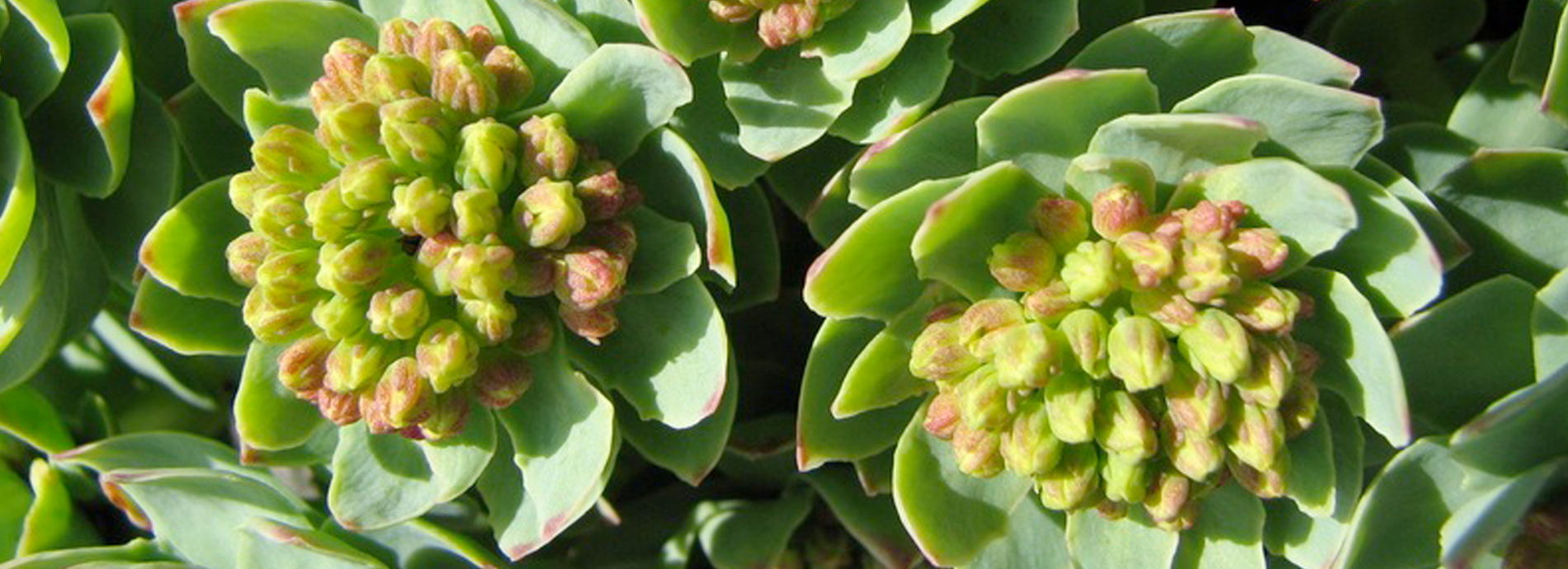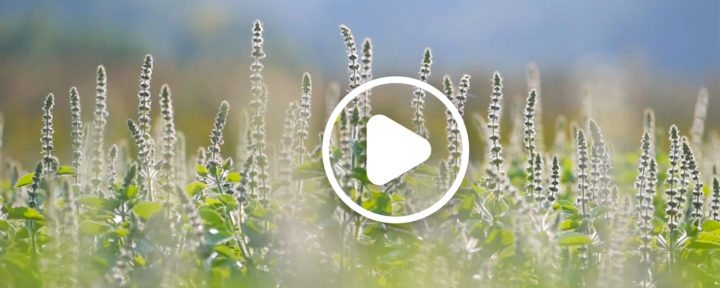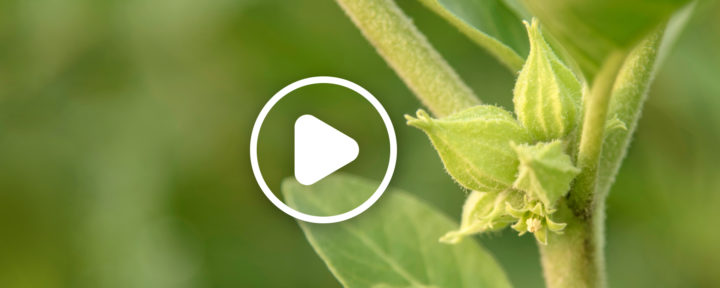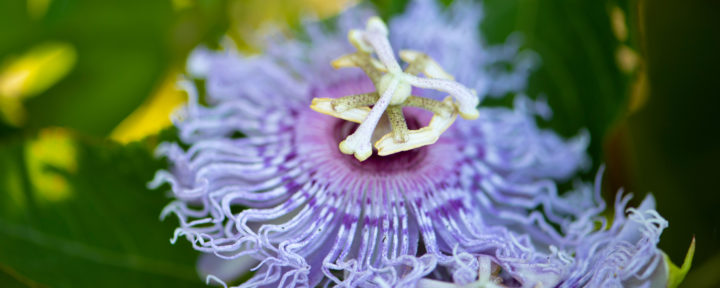If you have your own backyard garden, then you also have some basic supplies. Some pruners, some gloves, maybe one of those cute kneeling pads. To pick Rhodiola, you’ll need all those plus a few other things. Long johns, thick boots, a parka and a plane ticket.
And until recently, you’d need something else. Russian and Chinese phrasebooks.
Rhodiola is a popular herb these days. It is used to support the body’s natural response to stress.* It’s even in our new Adrena Uplift formula we made with Aviva Romm, the Natural MD.
Rhodiola is native to some of the coldest, harshest regions on the planet. Siberia, the Arctic, Northern China. Places that aren’t just frigid, but mountainous with tough, stony soil. Rhodiola has flowers but it’s not showy. It looks more like a succulent. It grows low to the ground to stay out of the strong winds. It grows strong roots, and it’s those roots that are used by herbalists around the world.
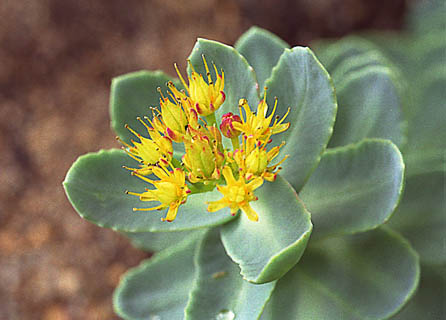
Rhodiola is so rugged, it looks a bit like a succulent.
Traditionally it’s wildcrafted. That means instead of growing the herb in endless rows like you’d see on some Midwestern farm, people head out of their homes and pluck it from the wild. In this case, that means searching in the Artic and Sub-Arctic hillsides.
For decades, our Rhodiola came from the areas near the Russia-China border. But in recent years, the herb has grown in popularity. Prices went up. New wildcrafters entered the market, including those with more dubiously-sourced material. The quality became less dependable. So we looked for alternatives.
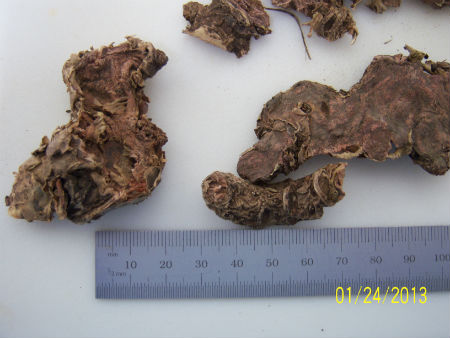 Here's what dried Rhodiola root looks like when a shipment comes in.
Here's what dried Rhodiola root looks like when a shipment comes in.
Then we met a community in northern Alberta trying to do something unusual. They are cultivating Rhodiola. Growing and tending it themselves, organically. The process takes a long time, first to establish their crops, then to figure out when to harvest them, how to dry them, how to make sure their crops had the same phytochemical composition as those from the distant Siberian wild.
Sure, we said. Let’s work together. Sign us up.
While we still import some Rhodiola from Asia, this Canadian Rhodiola helps us greatly reduce our carbon footprint. Plus, it helps us reduce the pressure on native plant populations. And it lets us support a community where little else grows.

